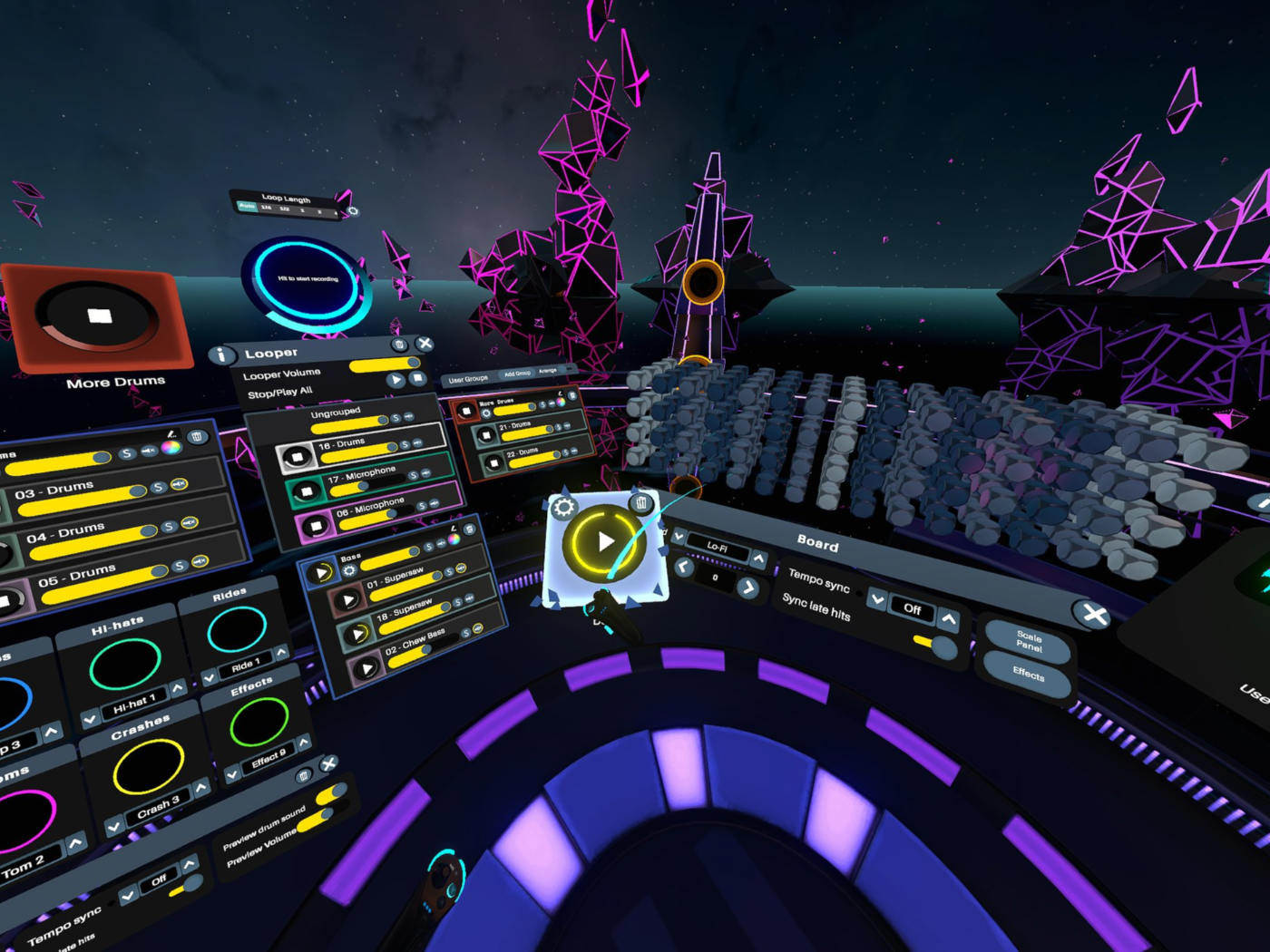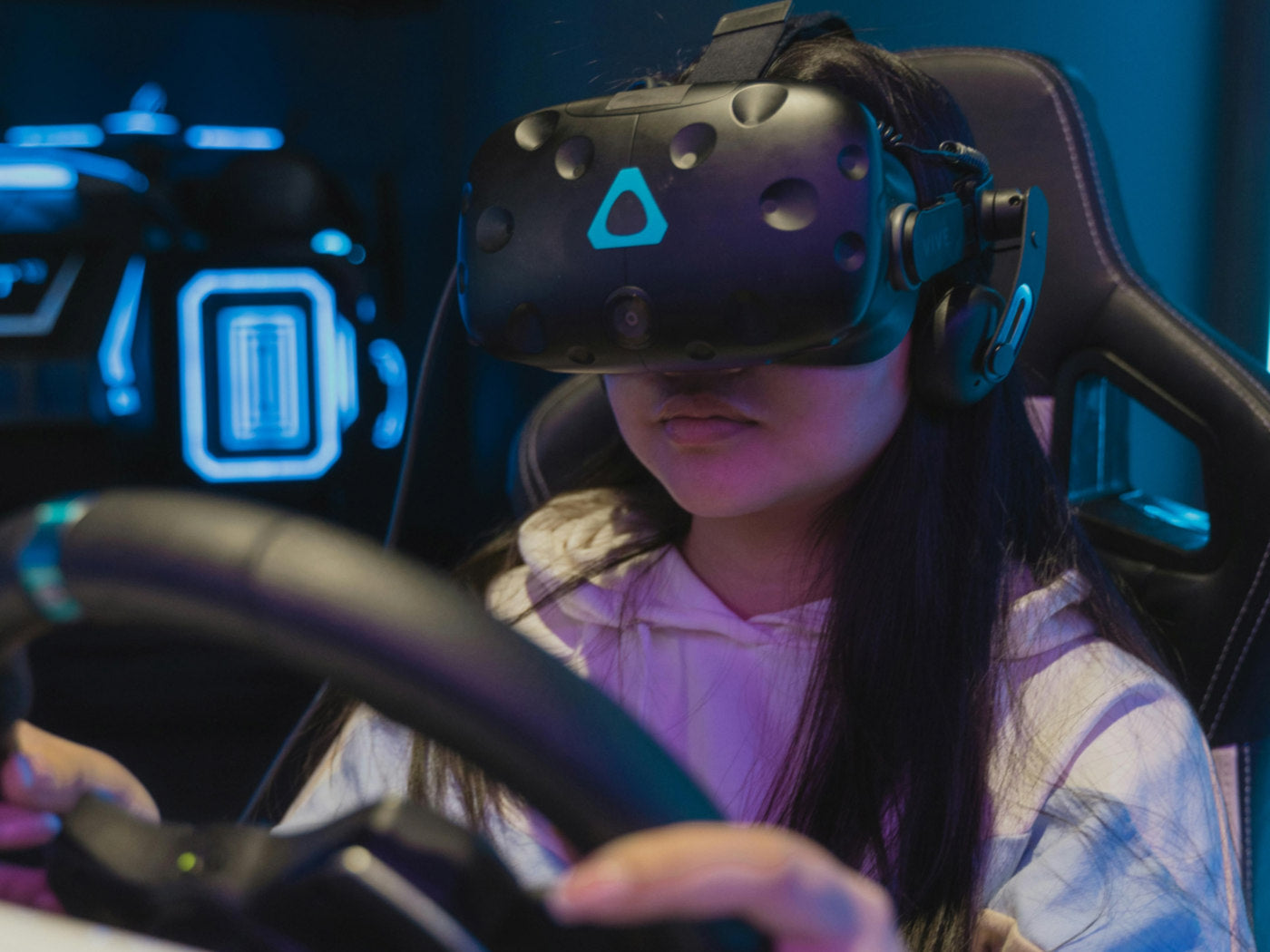With the increasing popularity of VR, choosing the right VR experience has become a crucial decision for enthusiasts and newcomers alike. In this article, we will explore the two primary options: standalone VR and PC-based VR (PCVR). Understanding the features, benefits, and considerations of each will help you make an informed choice that aligns with your needs and preferences.
Understanding Standalone VR Headsets
Standalone VR headsets have gained significant popularity in recent years, offering a self-contained VR experience without the need for a computer or console. These headsets combine the display, processing power, and tracking capabilities into a single device, providing a portable and convenient solution for virtual reality enthusiasts.
Popular Standalone VR Headsets
- Quest 2: The Quest 2, developed by Meta (formerly known as Facebook), is one of the most popular standalone VR headsets on the market. With its powerful hardware, high-resolution display, and extensive game library, it offers an impressive VR experience at an affordable price point.
- Meta Quest Pro: Targeted towards professional users, the Meta Quest Pro provides enhanced features such as increased storage capacity and improved comfort. It caters to users who demand higher performance and are willing to invest in a premium VR experience.
- Pico 4: The Pico 4 series offers a range of standalone VR headsets with varying features and price points. These headsets are known for their versatility and compatibility with a wide range of applications and games.
Features and Benefits of Standalone VR
- Portability: Standalone VR headsets excel in portability, allowing you to enjoy virtual reality experiences anywhere, without the constraints of cables or the need for a dedicated gaming setup. This makes them ideal for on-the-go gaming, social VR experiences, and immersive media consumption.
- Convenience: Standalone VR headsets eliminate the hassle of connecting to a computer or console, providing a seamless setup process. They often have built-in sensors and cameras for tracking, removing the need for external sensors or base stations.
- Wireless Experience: With no cables tethering you to a computer, standalone VR headsets offer freedom of movement and an untethered experience. This enables a more immersive and natural VR gameplay, especially in games that require physical movements.
- Easy Setup: Setting up a standalone VR headset is usually straightforward, involving minimal technical knowledge. Many headsets provide intuitive user interfaces and guided tutorials to assist users in the initial setup process.
Recommended Accessories For Standalone Headsets:
1. ZyberVR Battery Head Strap for Quest 2
2. ZyberVR Elite Head Strap for Pico 4
3. ZyberVR IR Light
Introduction to PCVR
PCVR, or PC-based VR, refers to virtual reality experiences that require a powerful computer to run the VR headset. Unlike standalone VR headsets, PCVR headsets are connected to the computer via cables, allowing for higher resolution visuals, more advanced tracking capabilities, and access to a wide range of immersive games and applications. PCVR offers a premium VR experience, making it a popular choice among gamers and VR enthusiasts who seek high-end graphics and performance.
Popular PCVR Headsets
- Valve Index: The Valve Index is considered one of the top-tier PCVR headsets available. It offers high-resolution displays, precise tracking with its base stations, and a wide field of view, delivering an immersive VR experience. The Index also features advanced controllers with finger tracking, enabling more natural interactions in virtual environments.
- HTC Vive Pro 2: Developed by HTC, the Vive Pro 2 is a premium PCVR headset designed for enthusiasts and professionals. It boasts a high-resolution display, improved ergonomics, and compatibility with the SteamVR ecosystem. The Vive Pro 2 delivers exceptional visuals and performance, making it a preferred choice for demanding VR experiences.
- HTC Vive Cosmos Elite: The Vive Cosmos Elite combines high-quality visuals, accurate tracking, and versatility. It features precise inside-out tracking, allowing for easy setup without the need for external sensors. The Cosmos Elite is compatible with the SteamVR platform and offers a vast library of VR games and experiences.
System Requirements for PCVR
To run PCVR headsets smoothly, it's essential to meet the recommended system requirements. While the exact requirements can vary depending on the headset and the specific VR content, here are the general minimum specifications:
- Operating System: Windows 7 SP1/Windows 8.1/Windows 10.
- Processor: Intel Core i5-4590 / AMD FX 8350 or equivalent.
- Memory: 4 GB RAM or more.
- Graphics Card: NVIDIA GeForce GTX 970 / AMD Radeon R9 290 or equivalent.
- USB Ports: USB 3.0 ports for connecting the headset and peripherals.
- Display Output: HDMI 1.3 or DisplayPort 1.2 or newer.
It's important to note that these are minimum requirements, and for a more optimal experience, it is recommended to have a more powerful system, especially for running graphically intensive VR games and applications.
Advantages of PCVR for High-End Experiences
- Visual Fidelity: PCVR headsets typically offer higher display resolutions, resulting in sharper visuals and greater immersion. They also have the potential to support advanced graphics features, such as higher texture resolutions, better lighting effects, and smoother framerates, leading to more realistic and visually stunning VR worlds.
- Extensive Game Library: PCVR benefits from a vast library of games and applications available on platforms like SteamVR and Oculus Rift. These platforms offer a wide range of titles, from immersive games to innovative indie experiences, catering to diverse gaming preferences and interests.
- Performance and Customization: PCVR leverages the power of gaming PCs, allowing for better performance and the ability to fine-tune graphics settings to achieve the desired balance between visual quality and performance. This flexibility enables users to optimize their VR experience according to their hardware capabilities and personal preferences.
- Advanced Features and Accessories: PCVR offers access to advanced features and accessories that enhance the VR experience. These include full-body tracking, motion controllers with precise finger tracking, haptic feedback devices, and even peripherals like racing wheels and flight sticks. These additional elements can provide a more immersive and interactive VR experience.
Recommended Accessories for PCVR:
1. ZyberVR Steam and Charging Cable
2. ZyberVR Link Cable
Making the Right Choice: Standalone or PCVR?
The popularity of standalone VR has grown significantly due to its ease of use and accessibility. The built-in battery in these headsets provides a limited playtime before requiring a recharge. However, they may have limited graphics and processing power compared to PCVR and console VR. If you prioritize convenience, portability, and the ability to enjoy VR experiences without investing in a powerful computer, standalone VR is a great choice.
On the other hand, PCVR offers a more immersive and high-end virtual reality experience. With headsets like the Valve Index, HTC Vive Pro 2, and HTC Vive Cosmos Elite, PCVR requires a powerful computer to run the headset. The connection is made through cables, providing higher resolution visuals, advanced tracking capabilities, and access to a wide range of games and applications.





